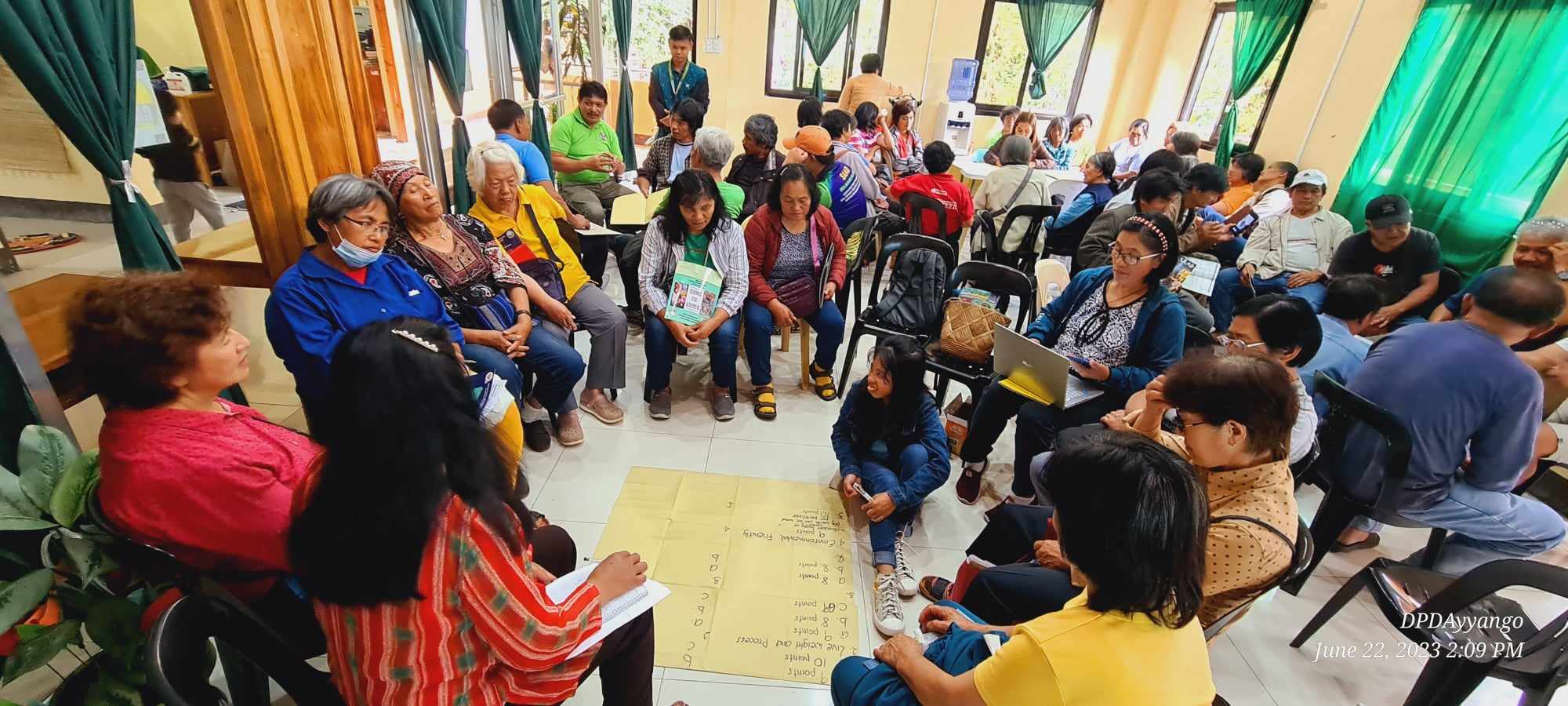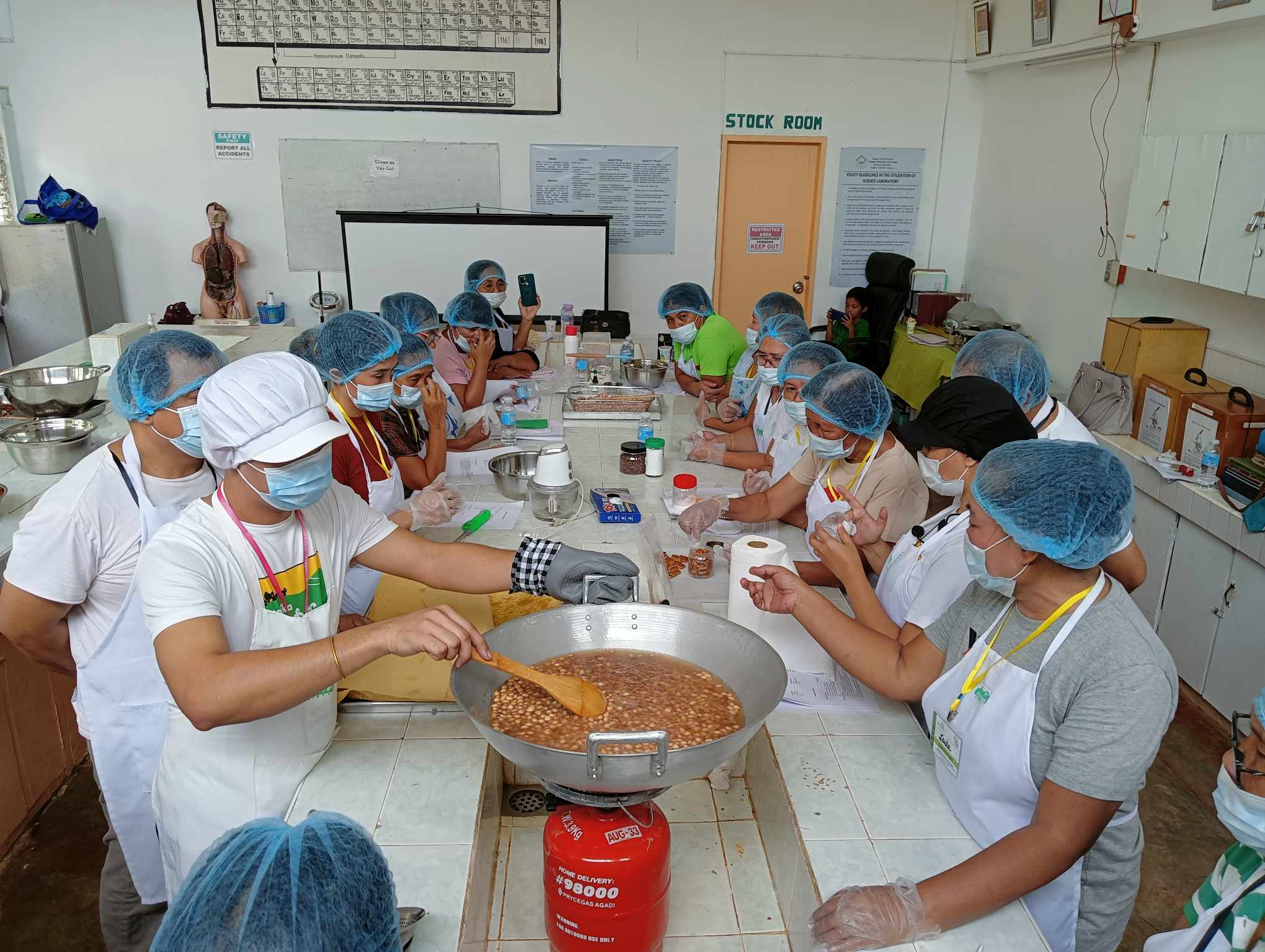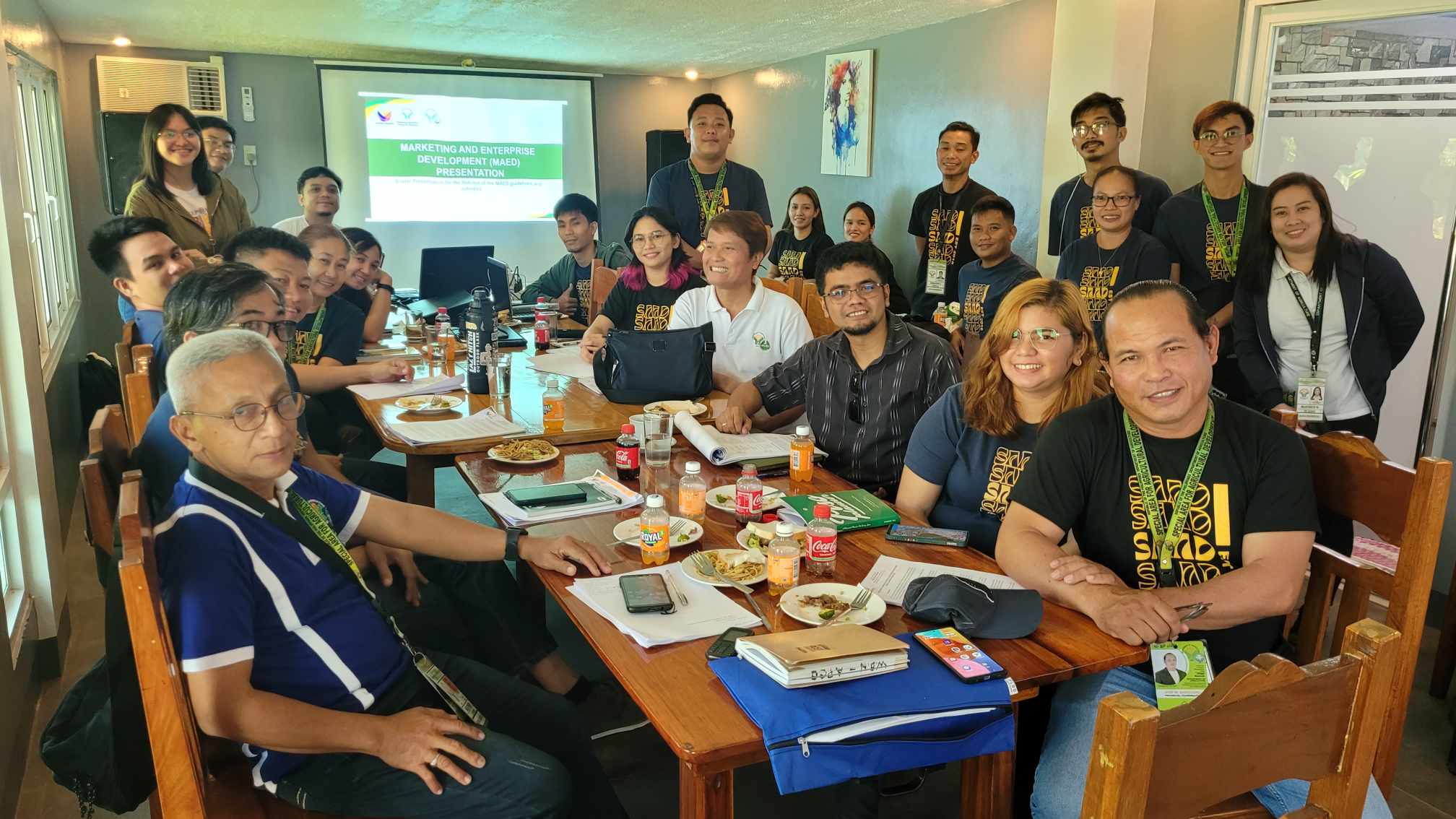KALINGA, July 23, 2021 – Through the Bureau of Fisheries and Aquatic Resources (BFAR) – Special Area for Agricultural Development (SAAD) Program, 280 units of pond culture livelihood packages were distributed to indigenous fisherfolk communities in Kalinga from June 29 to July 8.
A total of 540 BFAR-SAAD fishers received a pond culture livelihood package, with each unit comprising 1,000 tilapia fingerlings and 10 bags of feeds intended for one cropping period requiring an area of 200 square meters (sqm). This initiative was able to serve a total of 5.6 hectare fish pond area scattered around the province.
The project, which cost Php 2.8 million, was distributed to beneficiaries from Balbalan (137 fishers), Rizal (14 fishers), Pasil (144 fishers), Tabuk City (105 fishers), and Tanudan (140 fishers).
The inputs are aimed at assisting indigenous fisherfolk beneficiaries of the BFAR SAAD Program from 31 indigenous communities (Iguilayon, Igaddang, Idallac, Inannong, Imalbong, Iminanga, Iculminga, Ibiga, Itobog, Iab-abaan, Iposwoy, Ibuaya, Ibanao, Idao-angan, Igubang, Imabaca, Isalegseg, Ilubo, Igaang, Idacalan, Italoctoc, Ibiga, Ipangol, Iguina-ang, Ibalatoc, Itulgao, Idangtalan, Idalupa, Iableg, Ibalinciagao, and Icagaluan) in the province.
While some fishers are maintaining smaller areas than required by the project, they are bound to get half of the inputs (500 fingerlings and 5 bags of feeds) per 100sqm pond area. This scheme benefitted fisherfolk considering that Cordillera Administrative Region has a sloping terrain.
According to Ms. Michelle Peralta, BFAR-SAAD CAR Focal Person, several considerations make it difficult for sloping terrain pond construction.
Unlike in the lowland areas, pond excavation in sloping terrains cannot be adjusted according to the desired size. It may only be built in available and safe areas that can be flatten, with prevention of soil erosion a high priority.
As pond water tends to be heavy, dike support in sloping areas is crucial in maintaining the pond.
The fingerlings take months to culture with a 60-80% survival rate. Due to low fish sufficiency in the province, the BFAR-SAAD Program strengthens its efforts to increase local fish production for table food consumption and local market supply.
The beneficiaries of the program were registered, profiled, and validated fisherfolk in the Juan Magsasaka Registration System – also called the National Farmers and Fisheries Information System (NFFIS).
NFFIS is a DA’s initiative to build a digital database information system of farmers and fisherfolk in the country for speedy access of monitoring including geo-tagging and geo-referencing lands and interventions. ###
Writer: Rodelyn Q. Foronda, Community Development Officer I
Sources:
Michelle Peralta, BFAR-SAAD CAR Focal Person
Cliford Fernandez, Aquaculturist I














This Post Has 0 Comments